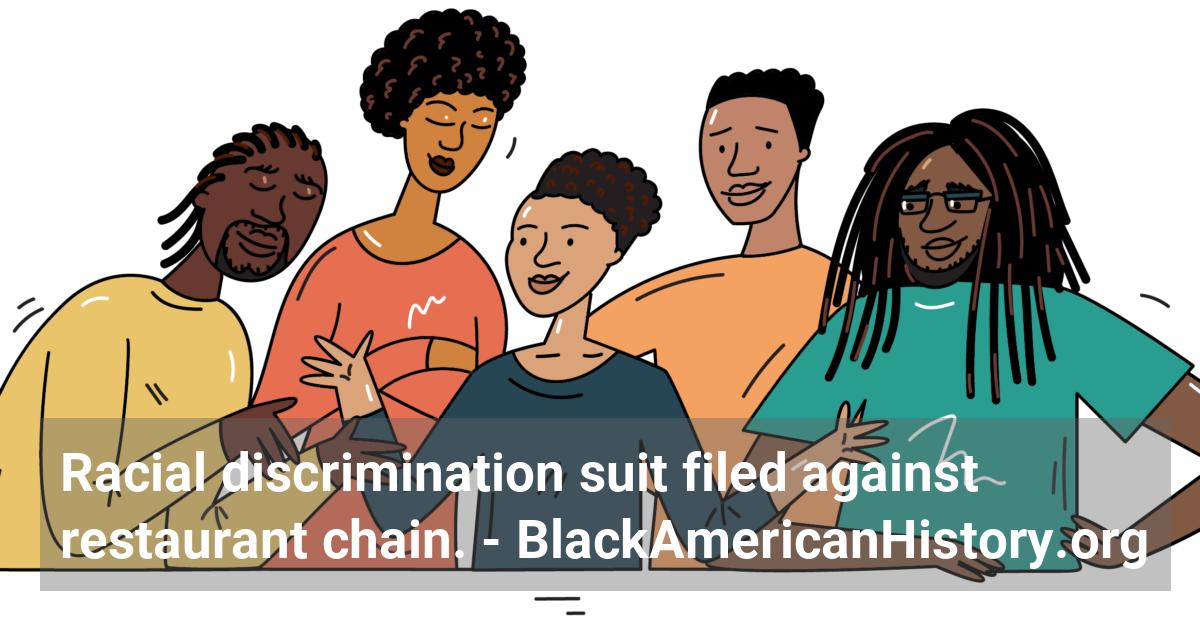Home / Full timeline / A racial discrimination law suit is filed against restaurant chain Shoney’s.
 A racial discrimination law suit is filed against restaurant chain Shoney’s.
A racial discrimination law suit is filed against restaurant chain Shoney’s.
1989 (Oct 6)
Two former employees of Shoney's restaurants one Black, one white-filed a lawsuit in the Federal Court for the Northern District of Georgia, alleging that the restaurant chain practiced racial discrimination. The suit claimed that the managers of Shoney's franchises in the metropolitan Atlanta area discriminated by limiting the type and number of jobs offered to Blacks as well as their chances of promotion. It also alleged that the company retaliated against non-Black employees who refused to implement their racist policies. The Black plaintiff, Jackie Montgomery, claimed she was forbidden to work in a Shoney's dining room because of the restaurant's policy that "Blacks should not be allowed out front," particularly in facilities located in predominantly white neighborhoods. The white plaintiff, Cylinda Adams, asserted that she complained to several supervisors about the alleged racism and was fired because of it. The Atlanta suit was filed only four months after a similar allegation was brought before the courts in Florida and only two months after Shoney's executives signed an affirmative action agreement with the Southern Christian Leadership Conference (SCLC). In that accord, Shoney's promised to provide $90 million in jobs and minority business participation over the next three years. The agreement also included recruitment and training of Blacks in managerial positions, and pledged to provide scholarships to Black students interested in the food service industry. Shoney's chief executive officer, J. Mitchell Boyd, had said that there was "no real connection" between the lawsuit filed in Pensacola, Florida, in June and the firm's agreement with SCLC.
References:
- • Hornsby, Alton. Chronology of African-American History: Significant Events and People from 1619 to the Present. Detroit: Gale Research, 1995.
